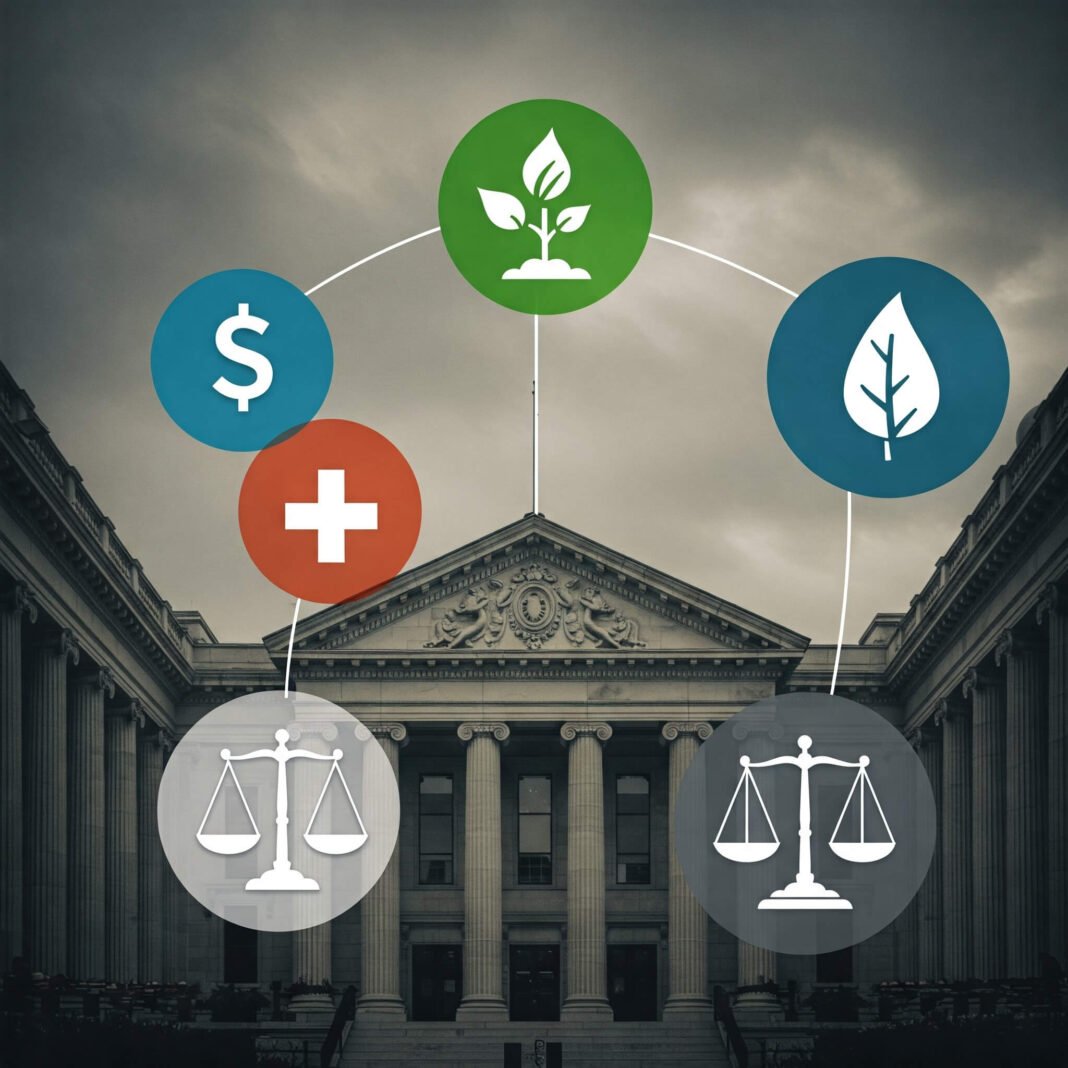Understanding where the President really stands on key issues can feel like navigating a complex maze. From the economy to healthcare, climate change, and foreign policy, a president’s decisions and proposed policies shape the nation and have global repercussions. But with constant news cycles and evolving political landscapes, how can citizens get a clear picture of the President’s stance on key issues? This post will guide you through understanding presidential policy positions and show you where to find reliable information directly from the source.

Understanding the President’s Stance on Key Issues
It’s crucial to recognize that a president’s position isn’t always a simple yes or no. Stances are often nuanced, influenced by a variety of factors including:
- Campaign Promises: What they pledged to do if elected.
- Party Platform: The official positions of their political party.
- Advisors and Cabinet: The expertise and perspectives of their appointed team.
- Current Events and Crises: Unforeseen circumstances can dramatically shift priorities and policies.
- Public Opinion and Lobbying: The views of the electorate and influence groups.
- Negotiations with Congress: The need to compromise to pass legislation.
To truly grasp the President’s stance on key issues, you need to look beyond soundbites and explore official communications.
Where to Find the President’s Official Stance on Key Issues
Reliable information about the President’s stance on key issues comes directly from the administration and government bodies. Here are some key places to look:
- The White House Official Website: [Outbound Link Placeholder: Link to White House Briefing Room or Issues page, e.g., https://www.whitehouse.gov/briefing-room/statements-releases/ or https://www.whitehouse.gov/issues/] This is the primary source for official statements, press briefings, executive orders, and fact sheets on policy initiatives.
- Presidential Speeches and Addresses: Major speeches (State of the Union, addresses to Congress, press conferences) outline the administration’s priorities and thinking on significant issues.
- Official Documents: White papers, budget proposals submitted to Congress, and reports from executive agencies detail specific policy plans and their rationale.
- Press Secretary Briefings: Daily briefings often provide clarification on the administration’s position on current events and policy debates.
- Congressional Testimony: Cabinet secretaries and agency heads often testify before congressional committees, explaining and defending the administration’s policies.
Using these official sources provides a direct look at how the administration articulates its Presidential policy positions.

Diving Deep: Exploring the President’s Stance Across Key Policy Areas
Let’s look at how you might explore the President’s stance on a few common policy areas:
The President’s Stance on the Economy
Understanding the President’s stance on the economy involves looking at their approach to jobs, inflation, taxes, and government spending.
- Fiscal Policy: Does the administration favor tax cuts or increases? Where do they propose spending government funds (infrastructure, social programs, defense)?
- Job Creation: What strategies are proposed – supporting small businesses, investing in specific industries, job training programs?
- Inflation Control: How does the administration plan to address rising prices – working with the Federal Reserve (which is independent), supply chain solutions, energy policy?
Data from sources like the Bureau of Labor Statistics or the Congressional Budget Office [Outbound Link Placeholder: Link to CBO or BLS, e.g., https://www.cbo.gov/ or https://www.bls.gov/] can provide context for the economic conditions the President is addressing.
The President’s Stance on Healthcare
Exploring the President’s stance on healthcare often revolves around access, cost, and quality of care.
- Affordable Care Act (ACA): Does the administration aim to repeal, replace, strengthen, or expand the ACA?
- Prescription Drug Costs: What measures are proposed to lower drug prices?
- Medicare and Medicaid: What are the plans for these major government health programs?
Information from the Department of Health and Human Services (HHS) or non-partisan health policy research groups [Outbound Link Placeholder: Link to HHS or KFF (Kaiser Family Foundation), e.g., https://www.hhs.gov/ or https://www.kff.org/] can offer detailed insights.
The President’s Stance on Climate Change
The President’s stance on climate change involves environmental regulations, energy policy, and international agreements.
- Environmental Regulations: Does the administration favor strengthening or weakening environmental protections?
- Energy Policy: Is the focus on fossil fuels, renewable energy, or a mix? What investments are proposed?
- International Agreements: What is the position on agreements like the Paris Agreement?
Look for information from the Environmental Protection Agency (EPA) or the State Department regarding international climate efforts [Outbound Link Placeholder: Link to EPA or State Dept Climate page, e.g., https://www.epa.gov/ or https://www.state.gov/subjects/climate-and-environment/].
The President’s Stance on Immigration
Understanding the President’s stance on immigration includes border security, pathways to citizenship, and handling of undocumented immigrants.
- Border Security: What measures are supported (walls, technology, personnel)?
- Legal Immigration: Are there proposals to change visa programs or quotas?
- Status of Undocumented Immigrants: What are the positions on DACA or potential pathways to legal status?
The Department of Homeland Security (DHS) and U.S. Citizenship and Immigration Services (USCIS) [Outbound Link Placeholder: Link to DHS or USCIS, e.g., https://www.dhs.gov/ or https://www.uscis.gov/] are key sources for official policies.

Why Understanding These Stances Matters
Knowing where the President really stands on key issues is fundamental to informed citizenship.
- Informed Voting: Your understanding directly impacts your decisions at the ballot box.
- Civic Engagement: It empowers you to contact your representatives, participate in town halls, and engage in informed discussions.
- Understanding Impact: Presidential policies directly affect your life, community, and the nation’s role in the world.
How to Stay Informed About the President’s Stance
Staying current on the President’s stance on key issues requires a proactive approach:
- Go to the Source: Prioritize official White House and government agency websites.
- Read Full Documents: Don’t rely solely on headlines or short summaries. Read speeches, fact sheets, and policy proposals.
- Consult Reputable News: Use well-established news organizations known for factual reporting. Be aware of potential bias and seek out diverse perspectives.
- Utilize Non-Partisan Analysis: Think tanks and research organizations often provide in-depth, objective analysis of policy proposals [Outbound Link Placeholder: Link to a non-partisan think tank like Pew Research or Congressional Research Service (via Congress.gov), e.g., https://www.pewresearch.org/ or https://crsreports.congress.gov/].
- Be Critical: Question the information you encounter. Cross-reference details from multiple sources.
[Image Placeholder: Image 3 – A person looking at a computer or tablet screen showing multiple news sources or windows, emphasizing the idea of cross-referencing information and critical consumption of news.]




